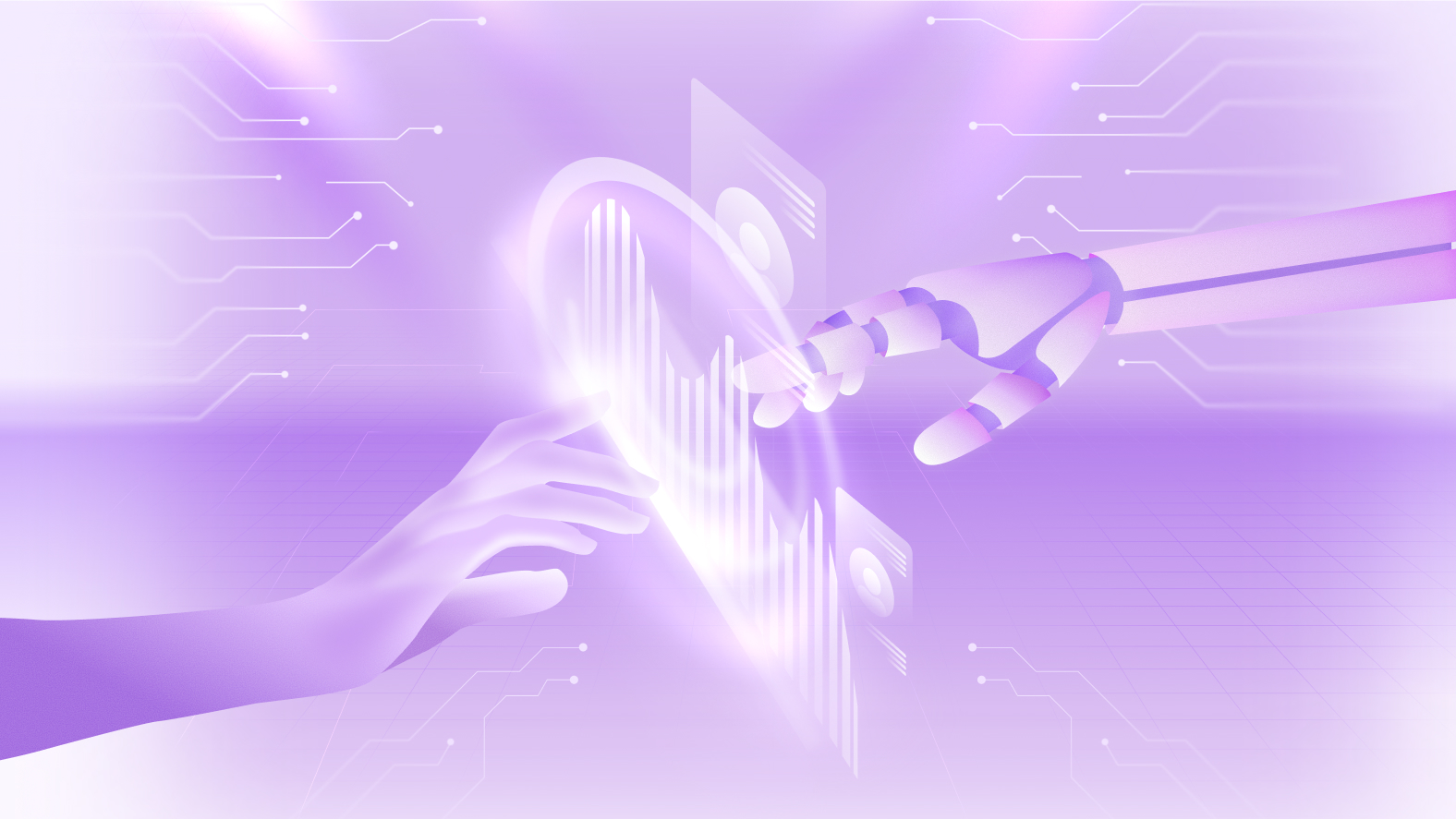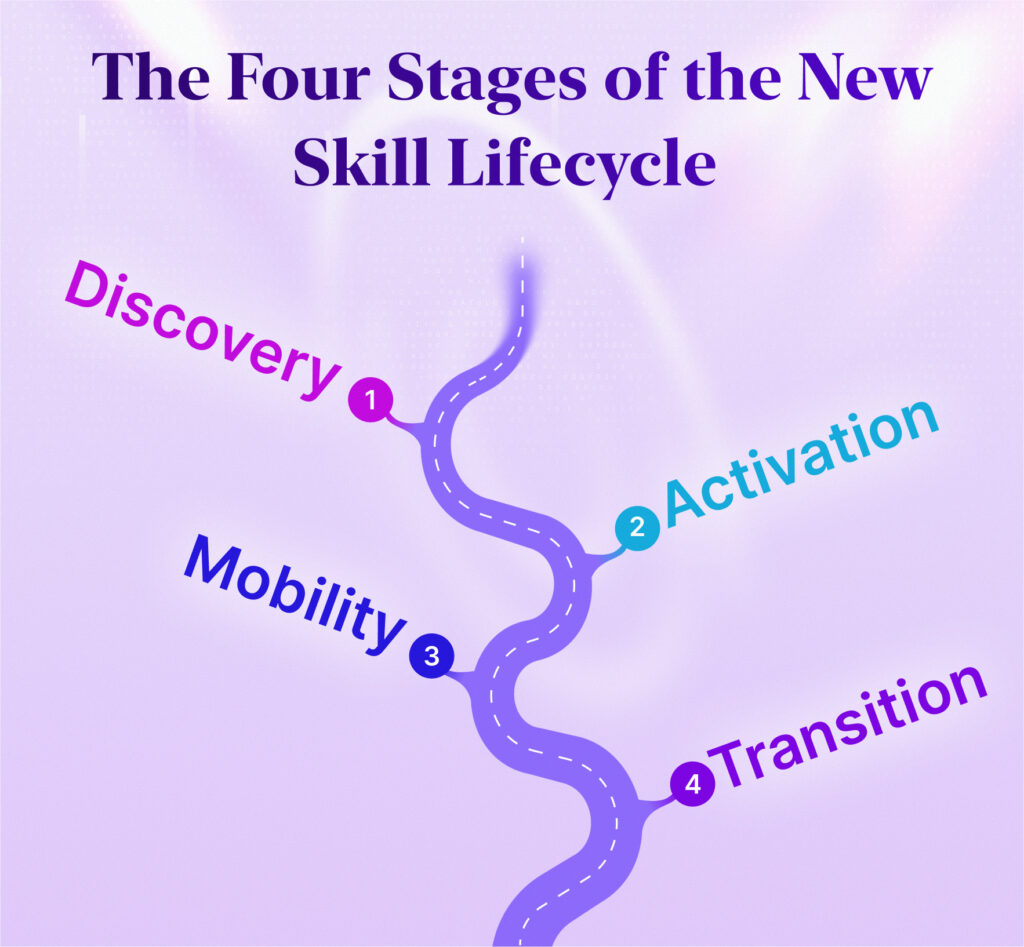Blog > Corporates, Workforce Transformation
The New Skill Lifecycle: How to Build Teams for the Next 5 Years

The shelf life of skills has never been shorter, nor the pressure to build future-ready teams more urgent. With AI, automation, and global shifts in work dynamics redefining industries, the traditional model of once-and-done learning or static job roles no longer serves organizations aiming to compete, scale, or innovate.
What leaders need today is a new lens to look at capability building, one that recognizes skill development as dynamic, continuous, and contextually embedded into work. Enter the New Skill Lifecycle: a framework that moves beyond training programs and into a rearchitecture of how companies design roles, measure potential, and grow talent in sync with strategic direction.
From Acquisition to Adaptation: Rethinking Skill Strategy
In the past, organizations treated skills as assets to be acquired, train someone on a new system or process, check the box, move on. But in a world where half-lives of technical skills are often measured in months, this model is no longer viable.
The new approach understands skills as capabilities in motion. They are not just things people have, but things they grow, apply, evolve, and transfer. High-performing organizations now treat skill development as a lifecycle, one that spans discovery, application, reinvention, and retirement. The goal is no longer just to fill skill gaps, but to build skill agility.
This means leaders must design systems that enable their teams to:
- Learn in the flow of work
- Apply skills to solve real business problems
- Receive feedback and evolve faster
- Transition or sunset obsolete skills with minimal friction

The Four Stages of the New Skill Lifecycle
1. Discovery
This stage is about surfacing the skills that matter and not just for the present, but for where the business is going. Instead of simply reacting to technology trends, leading organizations use workforce sensing mechanisms, role evolution maps, and strategic foresight to identify emerging skill clusters.
Discovery also means identifying skills adjacency. A marketing executive who understands prompt engineering or a finance analyst with automation fluency may be more valuable than a specialist who can only operate within a narrow lane.
2. Activation
Once skills are identified, the next challenge is bringing them to life. This is where organizations often falter, investing in learning platforms without embedding them into real workflows.
Modern teams learn best when development is experiential. High-growth organizations are rethinking enablement through capability academies, internal gigs, role-based onboarding, and cross-functional project rotations. Activation isn’t just about absorbing knowledge, it’s about applying it in context, with clear outcomes and support.
3. Mobility
Perhaps the most critical, yet overlooked stage of the lifecycle is mobility. Skills grow when people move. Role mobility, project-based staffing, and even internal marketplaces allow organizations to match evolving skills to evolving business needs, in real time.
Workforce mobility also builds resilience. When one department automates and reduces headcount, another might be scaling and in need of adjacent capabilities. A dynamic, skills-based model lets organizations redeploy talent fluidly instead of resorting to constant rehiring.
4. Transition
Finally, as roles evolve or technologies phase out, organizations must help individuals transition away from outdated skills, not as a sign of obsolescence, but as a part of natural capability evolution. This includes building systems for de-skilling (phasing out redundant capabilities), emotional resilience during skill transitions, and incentive structures that reward adaptability, not just tenure.
Designing the Future Workforce Around Skills and Not Titles
One of the most profound implications of the new skill lifecycle is how it challenges the org chart. Job titles were built for a world of predictability and hierarchy. But skills and the teams that wield them are inherently more fluid.
Leading companies are now moving toward skills-based workforce models where teams are designed, not by static roles, but by capabilities needed to solve specific problems. These models allow for faster response to change, greater inclusion of non-traditional talent, and clearer visibility into both strengths and gaps.
This also redefines leadership. In skills-first organizations, the best managers are not gatekeepers, but curators of opportunity. They build systems that make talent visible, growth pathways accessible, and performance measurable in terms of capabilities applied, not just KPIs delivered.
The Role of Technology in Scaling the Skill Lifecycle
Technology is not just a delivery mechanism for learning; it’s the nervous system of a skills-first organization. Skills intelligence platforms, capability clouds, and AI-driven assessments are transforming how companies identify, track, and activate skills across the workforce.
More importantly, the most progressive organizations are integrating these tools into core HR and business systems making skills the new unit of planning for hiring, promotion, succession, and project staffing. These tools bring much-needed transparency to a process that has traditionally relied on manager bias, gut instinct, or outdated competency maps.
At Ninzarin, we see this shift happening across fast-scaling organizations in tech, manufacturing, retail, and BFSI. The common thread? They no longer see skills as HR’s job alone. Instead, every function, from finance to supply chain to marketing is taking ownership of capability building, because they recognize it as mission-critical to business performance.
Positive Feedback Loop and Emerging Opportunities
Despite the early-stage adoption of GenAI across Indian enterprises, many opportunities are compounding and also the momentum is undeniable.
Call center management and software development sectors are already seeing large productivity gains (80% and 61% respectively). Judicious GenAI use shows the gains might be very large. The functions of content creation and customer service plus marketing are now reaping early rewards. These functions were historically dependent upon high-volume human effort, and productivity gains range from 41% to 45%.
This makes a strong loop: with productivity improvements for people, costs fall; with cost declines, people get to experiment often; with more experiments from enterprises, success stories increase, proving adoption happens and pressuring other adopters.
In parallel, AI implementation costs are falling, and access to models is rising, so even mid-sized businesses are helped during exploration of GenAI pilots. Sectors rich in talent such as IT/ITeS, BPO, retail, and financial services are at the cusp of a transformation because automation improves not just the way people do work but also what work people can do.
The GenAI wave offers a massive skill along with employment opportunities. At present just 3% of Indian firms claim sufficient AI-ready skill. Because of this, professionals have a wide-open field to reinvent themselves. Companies will urgently be in need of AI-fluent professionals as they ramp up adoption, namely content strategists, domain experts, trainers, ethicists, change managers, and engineers.
This isn’t just disruption. For the world from India, it is a once-in-a-generation chance for it to build work’s future.
Building for the Next Five Years
The teams that will lead the next five years are not necessarily those with the most degrees or even the most current skillsets. They are the ones best equipped to adapt to learn continuously, apply rapidly, and move fluidly across the organization.
Building this kind of workforce requires more than upskilling. It demands a shift in how we define jobs, how we grow people, and how we measure performance. It means creating environments where learning is constant, capability is visible, and transitions are supported.
In the end, skills are not just a way to get work done. They are a source of organizational advantage, resilience, and reinvention. And for companies willing to rethink their models, the next five years hold not just disruption, but immense possibility.
